Being dependent on bits of leftover food for survival and living with the constant uncertainty of facing danger from every possible direction are circumstances that stray dogs have. Now envision the same, or worse, experienced by actual humans, like North Koreans. The people of North Korea have endured such poor conditions after the separation of the Korean peninsula. Moreover, they have been ruled by three leaders from the same family, Kim Il-sung, Kim Jong-il, and currently, Kim Jong-un, for a long period.
This passage summarizes the story of those people. The summary encompasses a long timeline which includes the North Koreans’ encounter with oppressive totalitarian authority, the agonizing famine in the early 1990s that not all survived from, taking away twenty percent of the population at the time. Moreover, this summary will open the door for the critical incidents that paved the way to the peninsula’s division, and the emergence of the Korean War to the already-challenging lives of the North Korean people.
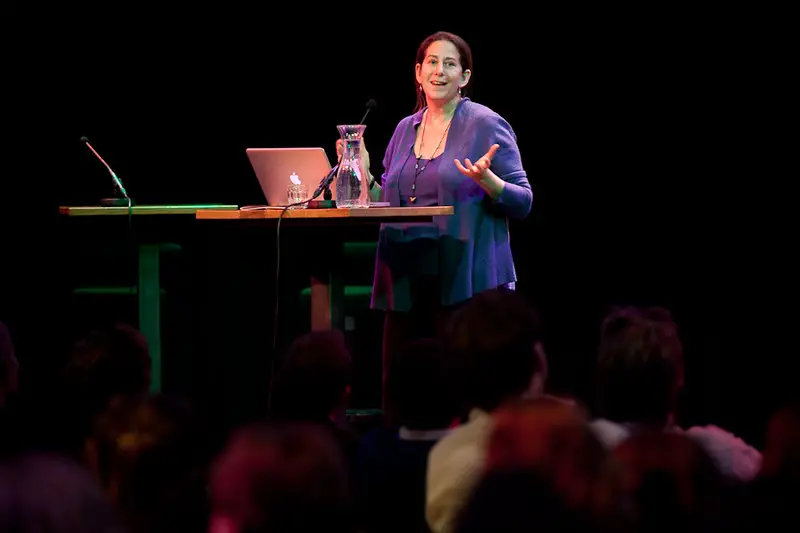
Chapter 1 – The Emergence of the Korean War: How the US’ verdict to divide the land caused a war in 5 years
Japan had colonized Korea, a land of minor geopolitical significance, during the Second World War. However, a lot changed after the war when the importance of the Korean peninsula, near China’s northern coastal region, changed and became a land that the US and the Soviet Union competed in strive for power.
Subsequently, the US decided to divide the region into two separate lands to preserve the equilibrium between global powers and to satisfy the Soviet Union. Additionally, the US-led the Soviet Union to claim the northern part of Korea as a provisional trusteeship to overcome the fear of Soviet-takeover of Korea, which also leads to Japan. Similarly, the US acquired the southern part of the peninsula.
The line of separation was outlined by Washington at the 38th parallel arbitrarily and in favor of the US, and not backed up by historical or geographical rationale. The opinion of the Koreans was not considered for this crucial decision which led the people to feel as if they were the losers of this competition between the world powers.
None of the two separated factions were inclined to join lands again or willing to have independence as Koreans once again. Consequently, two separate republics were founded on both sides in 1948. Under the rule of Syngman Rhee, the Republic of Korea was established in the southern region. On the northern side, the Democratic People’s Republic of Korea was established by Kim-Il-sung, a major defiant of the Japanese annexation.
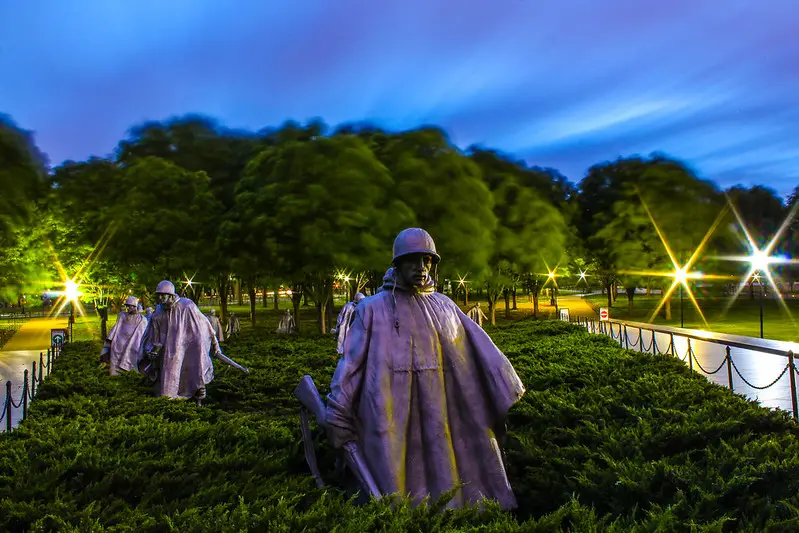
The outbreak of the Korean War occurred as a result of the conflicting demands for their own legitimate rule. On June 25th of 1950, the North Korean leader Kim Il-sung took over Seoul, the capital city of South Korea, with the support of the USSR army tanks.
Accordingly, this incident led many other nations like the US, and an UN-coalition of 15 countries to enter the war to back up the South and suppress the army force of Kim Il-sung, which was supported by China. After three years, the war was concluded in armistice without any significant success. The border which was drawn at the 38th parallel had not moved much and the war had taken the lives of almost 3 million people.
Chapter 2 – The lives of North Korean people were determined in numerous facets by the rigorous hierarchy
With the end of the Korean War, a communist regime was enforced by Kim Il-Sung, who also declared himself as the president. Essentially, Kim had given the power of a dictator to himself who upheld those who were loyal supporters of him and penalize those who went against him.
Three branches of society had been formed based on the political obedience of the people: those who were the loyal core, others who were the wavering, and lastly, the unfavorable hostile ones.
The core came prominent in terms of social status and privilege and the bottom of the social hierarchy was for the hostile class. Such social order is very similar to a patriarchal caste system in which the people inherited their rank in the societal order. It is also important to mention that the categorization was not legitimate since all citizens were assumed to be equal under the communist authority.
Yet, it was impractical for people to raise their place in the hierarchy. For instance, if one has a father who had been a prisoner of war and taken captive during the fight for South Korea, that person, and their family members will probably never have the opportunity to have education in a reputable college or have a family with a person who is beyond their rank in the social order. Nonetheless, it pretty easy for one to be downgraded in cases of hostile behavior.

Furthermore, the rank that people had in the social order determined the food and housing they received, also known as songbun in Korean. Kim Il-sung allocated each North Korean to certain songbun after a long eight-step-background-check as an assessment of and scoring their political obedience in 1958. Such assessments took place for many years.
The food distribution center would give the people certain days for them to give their money and coupons in exchange for crops and other necessities. Also, the quality of the goods depended on one’s social status. Moreover, the songbun decided on the region even if one had the privilege of living in a house.
In addition to the extreme control over the social order and the living of North Koreans, Kim Il-sung made sure to restrain anyone who would be against him or his regime.
Chapter 3 – The detailed and tenacious system of training ideologies and surveillance of civilians that were implemented by Kim Il-sung.
Kim Il-sung had dreamt of a communist society that was able to support itself since his establishment of North Korea after the Korean War. Juche, also known as a self-reliance ideology, was his foundational vision for the society.
The concept of a challenging relationship between the rich and poor that was put forward by Lenin and Marx were major influences on Kim Il-sung’s ideology. Specifically, he thought of his people as special people who would be able to sustain themselves without any outside help because he believed that other countries didn’t have anything to yearn for.
Such belief was passed upon the system under his suppressive leadership and became a daily training for the citizens to acquire the ideology. For instance, workers at a factory would participate in ideology classes in between their shifts during work and they would be assigned to write articles to further adapt to their leader’s self-reliance belief.
Reports from foreign media outlets were examined by local publications to ensure total reliance on juche. In foreign reports, news related to South Korea was solely negative. The North Korean publications were also publishing negative news about China. More specifically, the local media outlets were in criticism of China’s adoption of capitalism since they were inferior to North Koreans who led supreme communism.

Arranging the neighborhoods for surveillance purposes was another method employed by North Korea to uphold juche. The North Koreans had become occupied with keeping a close eye on the people around them.
Families who were appointed to supervise a district were called the inminban and known as ‘the people’s group’. Behavior that was deemed as against the regime in an area would be reported by the inminban chief to government officers.
Moreover, there were units, known as kyuch’aldae, that moved around as a way of strict control over the streets. These groups were also authorized to inspect people’s houses in cases of infringements like having guests over at night without permission. Kim Il-sung was able to discipline the entire country for his ideology with his establishment of order in society and mass surveillance systems.
Chapter 4 – The radical demonstration of Kim Il-Sung’s cult-like character, similar to a religious one.
Even though Kim Il-sung never adopted a certain religion as a result of his communist regime, he did make use of ways Christianity practices in establishing power. In this sense, he displayed himself as a God-like supreme figure and indicated Kim Jong-il, his heir, as Christ because he was well aware of how powerful religion could be.
Besides, he alluded to himself and his son as unearthly mystic beings through his utilization of the media. There are said to be some incidents in which honoring words about Kim Il-sung calmed storms in seas. Some media reports also claimed there to be extraordinary scenes like twofold rainbows during the birth of Kim Jong-iI. Overall, the transcendental portrayal of Kim Il-sung was widespread.
The citizens were only permitted to put up portraits of Kim Il-sung and his son on their house walls and wedding ceremonies could only happen if marriages took place in front of their pictures. People were eager to protect those pictures even in natural disasters.
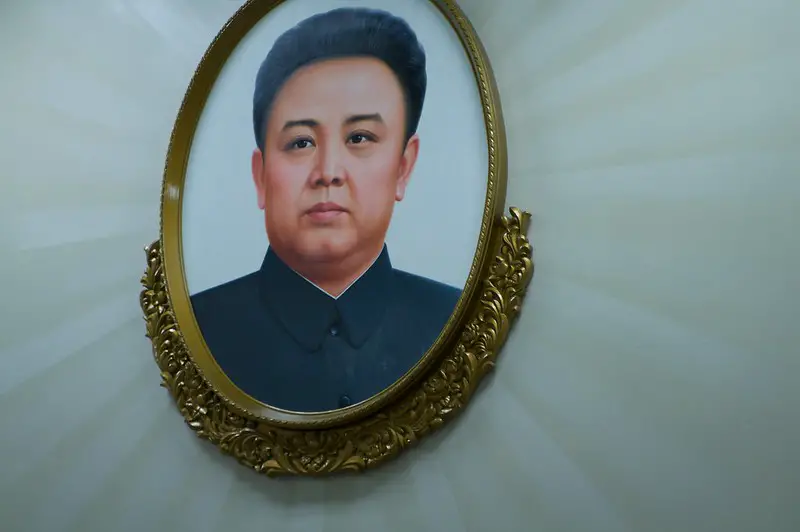
Aside from being seen as divine figures, Kim Il-sung and Kim Jong-il were perceived as masters whose counsel was valued remarkably in all fields of work in the country.
Kim Il-sung passed away in July of 1994 from a heart attack and his grievance was with devoutness. His death was mourned by countless North Koreans who gathered and cried to his sculpture for days whilst joyful behavior was banned. His son’s funeral resembled that of his father in December of 2011.
Chapter 5 – The fall of the Soviet Union damaged the stability of the North Korean economy
Although Kim Il-sung had greatly emphasized the self-reliant way of living for North Koreans, the country was dependent on near-countries like China in many economic aspects. In 1991, the North Korean economy collapsed alongside the Soviet Union.
The Soviet Union had been a major source of raw materials, machinery, and energy for North Korean factories. Without that source, the economy came to a halt.
North Korea was also unable to pay back loads of debt to Russia and China. In return, the two countries cut back on the supplies that were imported to North Korea.
Electricity became sparse all around the country and caused a lot of citizens to froze to death as they could not have run water or heat their houses in cold seasons.
The scarcity of electricity also terminated the factory operations. Factory workers were given on-hand jobs. Instead, many of them went hunting food.
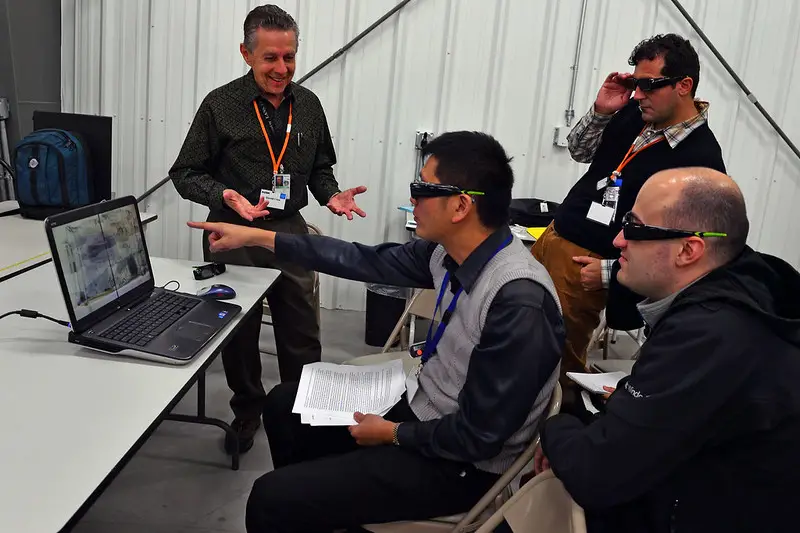
Meanwhile, foreign donors were retreating from aids because the North Korean government was working on nuclear weapons.
More so, the government withdrew from the Nuclear Non-Proliferation Treaty in March of 1993 which led other countries to fear the nuclear armament of North Korea, similar to that of the Cold War.
The US lend a hand out to North Korea for energy aids in exchange for the abolishment of nuclear weapons. The offer was later canceled due to the lack of initiative from North Korea. As a result, North Koreans were left with blackouts for long periods.
Currently, a lot of the buildings that are located in major areas of Pyongyang cannot be seen in the dark since lights are not on.
Chapter 6 – When people could not get food from distribution centers, they tended to enter the black market and use unlawful trade practices
A deficit in harvest was another challenge that North Koreans had to face aside from the halt in factory production. Since the lives of the people depended on a constant flow of food production and oil to transport the harvested goods, the government had become unable to feed and provide for its country. As a result, the population had to look for ways to sustain their livelihood.
Trade had not been perceived well in North Korea since it did not fit the essence of communism. However, since the supplies had become insufficient, Kim Il-sung permitted the citizens to harvest crops in their backyard for trade purposes. Eventually, this initiative paved the way for illegal commerce and entrance into the black market.
The challenges of that period inclined farmers to not pass their crops to the government and to store them away for themselves, instead. Meanwhile, the accumulation of goods for plans on re-unifying with the South and accusations against the US were two excuses that the government was making to justify the deficiency in supplies.
It became inevitable for black markets and unlawful trade practices to emerge when food distribution was completely terminated. People were not only growing vegetables in their garden, but they were also selling handmade goods like noodles and kimchi. Grain sale was severely banned by Kim Il-sung to the point it was deemed as a penalized crime in 1997. Moreover, few people could afford to buy rice and others could only get cornmeal.
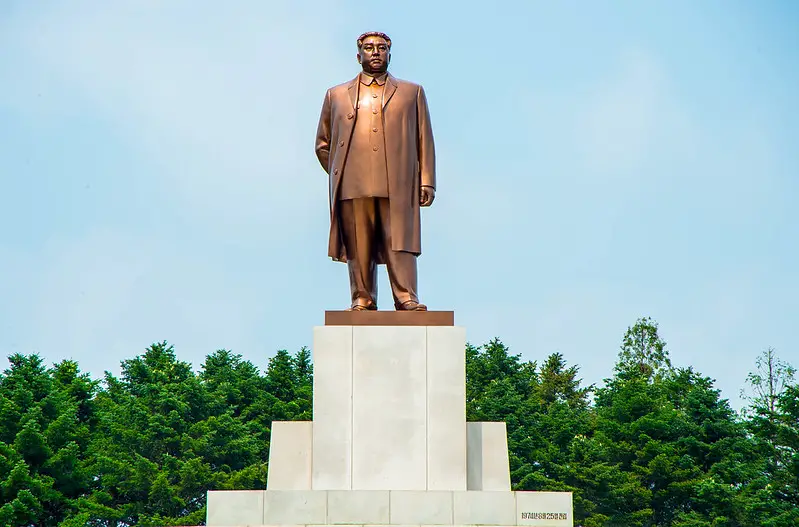
Putting up houses on sale became a significant initiative of North Koreans to make money for food, and pay off bureaucrats to carry out their plans. More importantly, people had been free to travel for their livelihood. On the downside, the number of homeless people who tried to survive through mendicity and theft increased. Even worse, numerous people lost their lives on the streets.
Millions of people had died from food shortages when Kim Jong-il succeeded his late father’s position in 1994.
Chapter 7 – Kim Jong-il eventually acquired foreign aid for North Korea and legitimized the black market as a consequence of the fall out in the population
The country had become significantly deteriorated during the last period of Kim Il-sung’s rule. The lootings, disperse in the labor force, and the disrupted education had become a reality for North Koreans who wanted to find food.
Fruit gardens, trees, and even small animals rapidly died. Some North Koreans could only make soups with grass. Many people took shelter in hospitals until the hospitals were shut down in the late 1990s.
Dr. Kim is a fugitive who has shared some very cruel experiences of his. Namely, self-donation of skin for others whose skin had burns and self-made medicines for recovery. Kim Jong-il did not acknowledge the brutal scarcity of food until the cold days hit the country in 1994. Eventually, the United Nations was permitted to send relief teams to North Korea in September of next year.
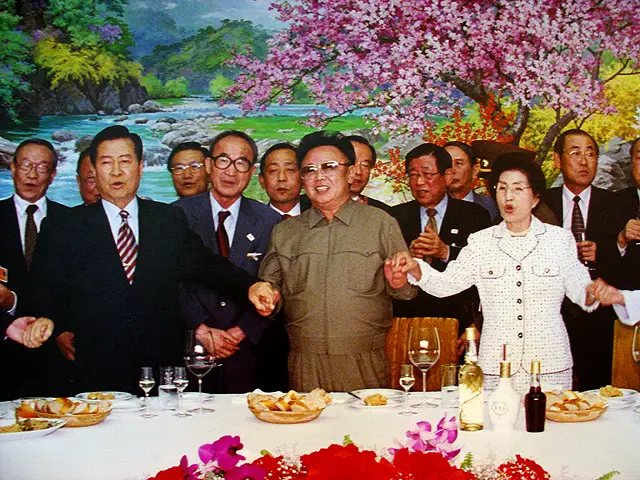
During this period, the North Korean economy was in shambles. In five years, income per capita decreased below one-third of what it had been. The export volume of the country became $800 million, which had previously been as high as $2 billion. The country was given aid for food that valued $2.4 billion during 1996-2005. Nevertheless, the majority of the aid was exploited by the military or sold back illegally at unreasonable prices because the state was not very welcoming to foreign relief.
To recover the economy, Kim Jong-il decided to legalize unlawful trade practices in exchange for payment from the sellers in the year of 2000. Subsequently, he employed vigorous control mechanisms over them and, even, regularly prohibited certain cheap goods from sale. This had been yet another challenge for poor citizens to be fed.
Kim Jong-il caused another disruption in 2009 by executing brief bans on the national currency as a way to control the market. Hence, people were given too many reasons to flee the country.
Chapter 8 – North Koreans began to escape to the Chinese border through dealers in the hopes of reaching South Korea
The population had rapidly lost their food, homes, and living. As a result, countries around the border had become perceived as redemptional even though there were many penalties and risks involved in fleeing.
The North Korean coasts were protected with railings, blocking the way towards Japan. Therefore, the river between North Korea and the northeastern frontiers of China was a prevalent area to cross borders.
Refugees would escape when the watchmen dozed off or let them through with pay-off. Moreover, some refugees who had the financial means would get people to escort them through the entire process by not only helping them escape but also take care of and cover up for them after they pass borders. Escorts would arrange housing, food, clothing, and a fake passport to the defectors, helping them fly to South Korea looking like tourists.
On the other hand, escapees, who could not afford such accommodations, would go through the journey on their own. They would walk through a difficult path and reach Mongolia from the desert so that the Mongolian police would deport them to South Korea.

Numerous women in North Korea tended towards arranged marriages with Chinese men in return for money or sneaked off products to sell them illegally. Around a hundred thousand refugees had fled from North Korea to China during 2001. About 75% of those were women who sold themselves to marry a Chinese and dealt with enslavement.
The penalty for escaping from North Korea varied from harsh labor to the death penalty. However, many North Koreans had seen life in China to be more than enough to run away from their country to eventually reach South Korea.
Chapter 9 – The increasing number of defectors were steadily adjusted to the South through an adaptation program
71 people from North Korea applied for permanent residency in South Korea during 1998. Then, 1,139 requests were made in 2002 whilst numerous of them kept on entering the country. Currently, any defector who reaches South Korea is given citizenship and registered into the integration system.
The program begins with the check-in of defecting North Koreans into dorms and investigation of the NIS (similar to the CIA in the US) to detect secret agents and impostors. For instance, an escapee, Mrs. Song, had stayed at the dorms for a month in the late 1990s.
Mrs. Song was questioned daily for hours about particular details to determine whether she was truthful or not.
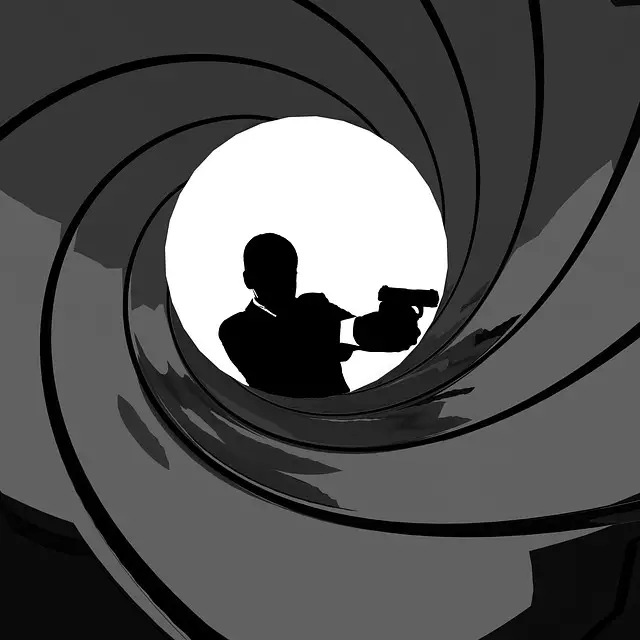
After the NIS is done with the questioning, the newcomers are settled in protected areas and taught knowledge about life such as politics, history, and basic routines like paying bills.
Next, the people are given about $20,000, South Korea’s average annual income per capita, as a starter aid to help them get on with their lives. This amounts to 14 times the income in North Korea. The money can differ based on the person’s qualities.
Although the system provides many resources to ease the adaptation process of North Koreans, many challenges remain in the course of the program. Oftentimes, the incomers struggle with simple areas of choice like food, clothing, housing since they come from a country in which the government would determine those instead of the people.
Chapter 10- Currently, Kim Jong-un has failed to recover the life of the people in North Korea
Kim Jong-un succeeded his father in 2012. He initially was positive about the recovery of the economy and the livelihood of the population. He did make progress in some areas until he inclined towards empowering the weaponry of the country.
The ruling period of Kim Jong-un was also the centenary birthday of his grandfather, Kim Il-sung. To commemorate him, the country underwent many road-building and construction which gave a good impression to Kim Jong-un in his early rule. North Koreans sought to believe that he would make their living conditions better.
Despite some advancement in the economy, he wasted major resources on nonessential projects. Moreover, he expanded the weaponry left from his father. Kim Jong-un embarked on the first national satellite and performed a nuclear test in his first year.
In terms of politics, the condition that North Korea was fearsome in 2013. The country had broken an armistice that was made after the Korean War which would pave the way for war against South Korea and nuclear weaponry to threaten the US.
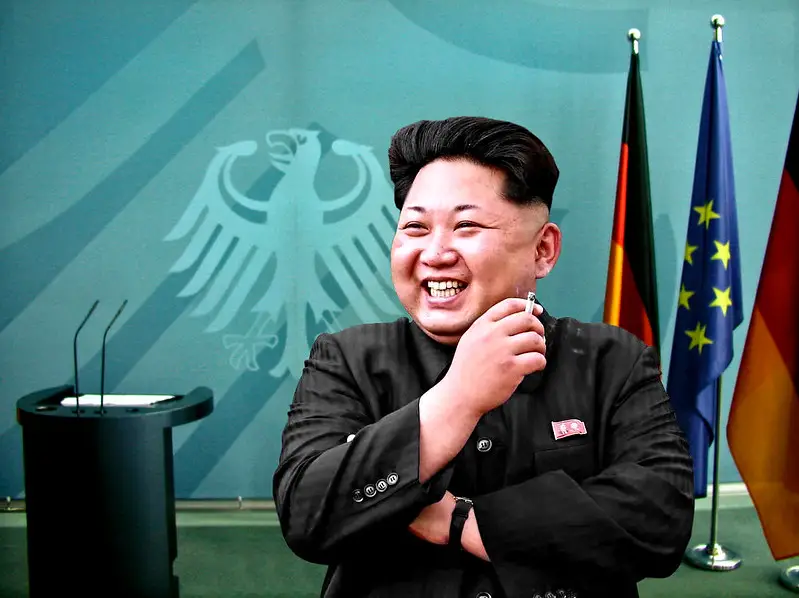
In addition to increasingly troubling circumstances, North Korea was kept secluded and poor. Although mobile phones had entered the world in 2008 and 2 million of them existed in North Korea, the people were not allowed to make international calls or use the internet.
The government put on a much different image in cases where major media or diplomatic representatives visited North Korea who were shown a very well life going on in the city of Pyongyang. In one instance, a UN representative has informed the author that she realized that lights at the hotel were only kept on while she was there since the state had ordered it that way.
Nothing to Envy: Ordinary Lives in North Korea by Barbara Demick Book Review
A highly important consequence of the changing power balances in post-WWII, especially for the USSR and the US, is the separation of Korea into North and South. Although the North did have a very short but prosperous living under the dictatorship of Kim Il-sung, the crumbling economy took away millions of North Koreans’ lives during the 1990s. There seems to be no reunification soon and countless North Koreans continue to refuge in South Korea each year.
